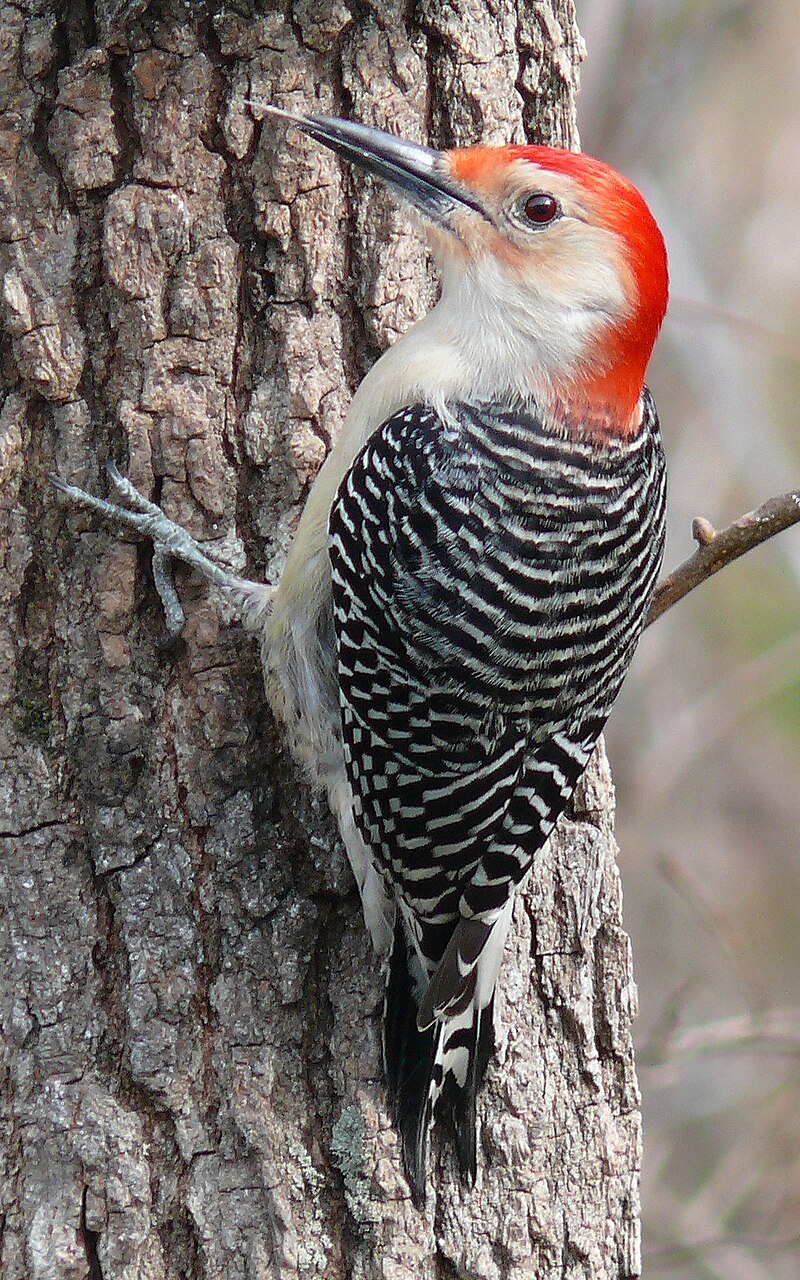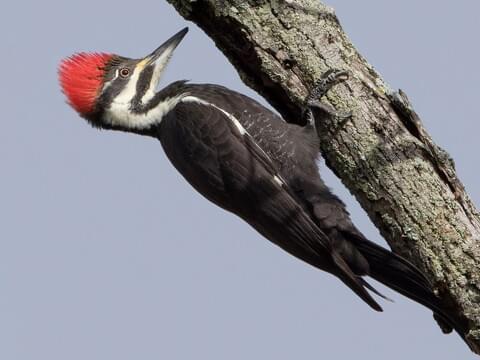Woodpeckers in Florida: Nature, Ecology, and Preservation
Wiki Article
Discover the Remarkable Globe of Woodpeckers: Whatever You Need to Know
The world of woodpeckers is a realm loaded with special behaviors, detailed adaptations, and a diverse range of species. From their environments and distribution patterns to their feeding behaviors and specialized anatomical attributes, woodpeckers have long captivated the passion of ornithologists and nature lovers alike. Recognizing the complexities of these remarkable birds gives a look into the complicated interplay in between their biology and the environment. As we check out the globe of woodpeckers better, we uncover a wide range of information that loses light on their significance in ecological communities and the difficulties they encounter in an ever-changing world.Woodpecker Habitats and Circulation
In North America, for example, woodpeckers can be spotted in both coniferous and deciduous woodlands, using their strong beaks to forage for pests and develop nesting dental caries in trees. In Africa, specific woodpecker species have adapted to dry environments, such as the acacia forests, where they play a critical function in controlling insect populations.
Feeding Behaviors and Diet Plan
Amongst the different aspects of their actions, woodpeckers show distinct feeding practices and nutritional choices. These birds are largely insectivores, with a diet plan that consists of ants, beetles, caterpillars, and various other insects found in trees. Woodpeckers utilize their solid beaks to pierce right into the bark of trees, probing for bugs and larvae hidden below the surface area. In enhancement to insects, woodpeckers additionally take in nuts, seeds, fruits, and sap. Some types have specialized tongues with barbed pointers that assist them remove pests from gaps in timber.Woodpeckers are recognized for their drumming habits, which offers not only to connect with various other woodpeckers however also to situate food. The quick drumming noise is created by the bird pecking on powerful surface areas like dead trees or metal poles. This actions can bring in pests hidden in the wood, permitting the woodpecker to identify their existence and feed upon them.
One-of-a-kind Adjustments for Tree Climbing
In their skilled pursuit of pests hidden within tree bark, woodpeckers have actually progressed amazing anatomical attributes that furnish them with unique adjustments for efficient tree climbing. Among the essential adjustments is their zygodactyl feet, with 2 toes pointing onward and two aiming backward, giving a strong grasp on tree trunks. This specific foot setup enables woodpeckers to stick redirected here to vertical surface areas effortlessly, allowing them to relocate up and down trees with dexterity. In addition, woodpeckers have rigid tail feathers that act as an encouraging prop while they climb up, assisting in balance and stability. Their solid, chisel-like beaks are not just used for drilling right into timber but likewise for gripping onto bark as they ascend tree trunks. Woodpeckers have solid neck muscles and a special head framework that soak up the influence of constant pecking, enabling them to climb up up and down without creating injury to their minds. These adjustments showcase the amazing transformative layout that makes it possible for woodpeckers to navigate trees with precision and effectiveness.Diverse Woodpecker Types Worldwide
With over 200 various types spread out across various habitats worldwide, the family members of Picidae incorporates an impressive variety of woodpeckers. These birds can be discovered in forests, woodlands, savannas, and even city areas, showcasing their versatility to different environments. From the iconic Northern Flicker in The United States And Canada to the vivid and elusive Crimson-backed Flameback in Asia, each woodpecker species Discover More displays special qualities in terms of tuft, habits, and habitat choice.Woodpeckers differ substantially in dimension, with the small Downy Woodpecker measuring around 6-7 inches in size, while the effective Lineated Woodpecker can rise to 17 inches - Woodpeckers in Florida. Their beaks additionally are available in various sizes and shapes, mirroring their feeding routines. Some species concentrate on drawing out insects from tree bark, like the Acorn Woodpecker, while others, such as the Black-cheeked Woodpecker, prey on fruits and seeds

Preservation Initiatives and Obstacles
Preservation initiatives for woodpecker populations are crucial in minimizing the impact of habitat loss and other risks dealing with these varied bird types. Woodpeckers face different difficulties to their survival, mostly because of logging, urbanization, environment modification, and intrusive types. To deal with these problems, preservation initiatives concentrate on protecting and bring back woodpecker habitats, implementing sustainable forestry methods, and increasing understanding about the significance of these birds in ecological communities.One significant difficulty in woodpecker conservation is the fragmentation of their habitats, bring about separated populations that are much more susceptible to extinction - Woodpeckers in Florida. Conservationists work to produce wildlife corridors and protected locations that link these fragmented habitats, allowing woodpeckers to relocate between different locations for feeding, breeding, and shelter

Conclusion
To conclude, woodpeckers are remarkable birds with one-of-a-kind adaptations for tree climbing and feeding behaviors. They can be found in diverse habitats worldwide, facing conservation challenges due to habitat loss and human tasks. Understanding their habitats, diet plans, and habits is vital for Discover More preservation initiatives to secure these crucial bird types. Additional research study and conservation actions are required to ensure the survival of woodpeckers in the wild.Report this wiki page